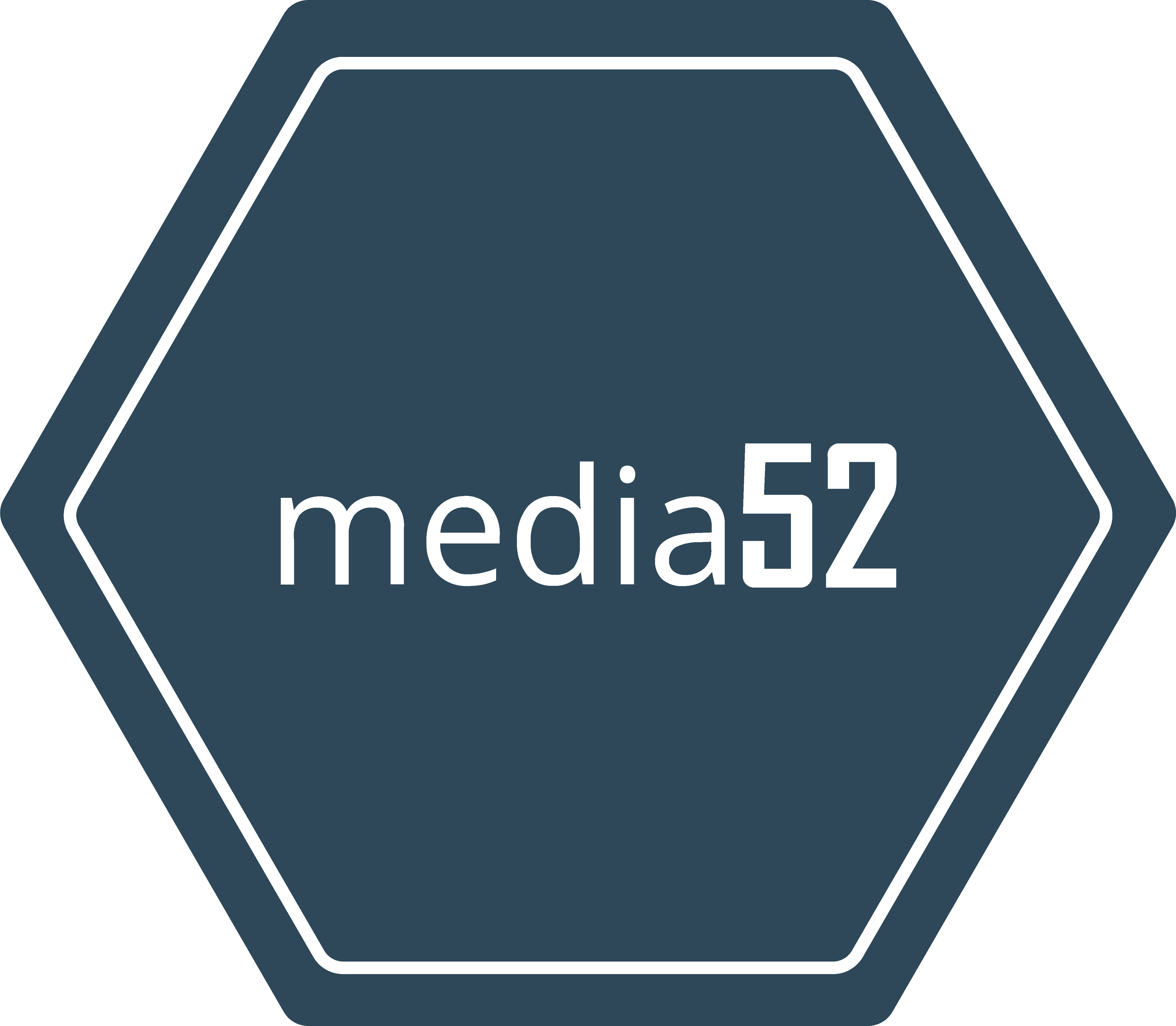Breakthrough in Organic Semiconductors with Spinning Twisted Light
Eindhoven, Friday, 21 March 2025.
TU Eindhoven researchers have overcome a historic obstacle in organic semiconductors using spinning twisted light, paving the way for advanced electronic devices and solidifying the Netherlands’ leadership in semiconductor innovations.
Revolutionary Semiconductor Design
In a groundbreaking development announced on March 13, 2025, researchers at TU Eindhoven and their international collaborators have created a novel organic semiconductor based on triazatruxene (TAT) that self-assembles into a helical structure [1]. This innovation represents a significant advancement in semiconductor technology, particularly in the field of organic electronics. The material forces electrons to move in a spiral pattern, similar to the thread of a screw, achieving an effect that has previously proven challenging in semiconductor development [4].
Technical Breakthrough and Applications
The new semiconductor demonstrates remarkable properties when stimulated with blue or ultraviolet light, emitting bright green light with strong circular polarization, as confirmed by co-first author Marco Preuß from TU/e [1]. The research team successfully incorporated this technology into circularly polarized OLEDs (CP-OLEDs), achieving unprecedented levels of efficiency, brightness, and polarization [4]. This advancement has significant implications for the organic semiconductor industry, which currently represents a market valued at over $60 billion [1].
Collaborative Achievement
The breakthrough emerged from a long-standing collaboration between Professor Sir Richard Friend’s research group at Cambridge’s Cavendish Laboratory and Professor Bert Meijer’s team at TU Eindhoven [1]. According to Professor Meijer, this achievement marks ‘a real breakthrough in making a chiral semiconductor,’ as they successfully coupled the structure’s chirality to electron motion at an unprecedented level [4]. The research received support from the European Union’s Marie Curie Training Network and the European Research Council [1].
Future Impact
This development holds particular promise for display technology applications, where current screens often waste significant energy through light filtering [4]. The natural emission properties of these new chiral semiconductors could lead to brighter, more energy-efficient displays. Furthermore, the technology shows potential applications in quantum computing and spintronics, positioning TU Eindhoven at the forefront of semiconductor innovation [4].

